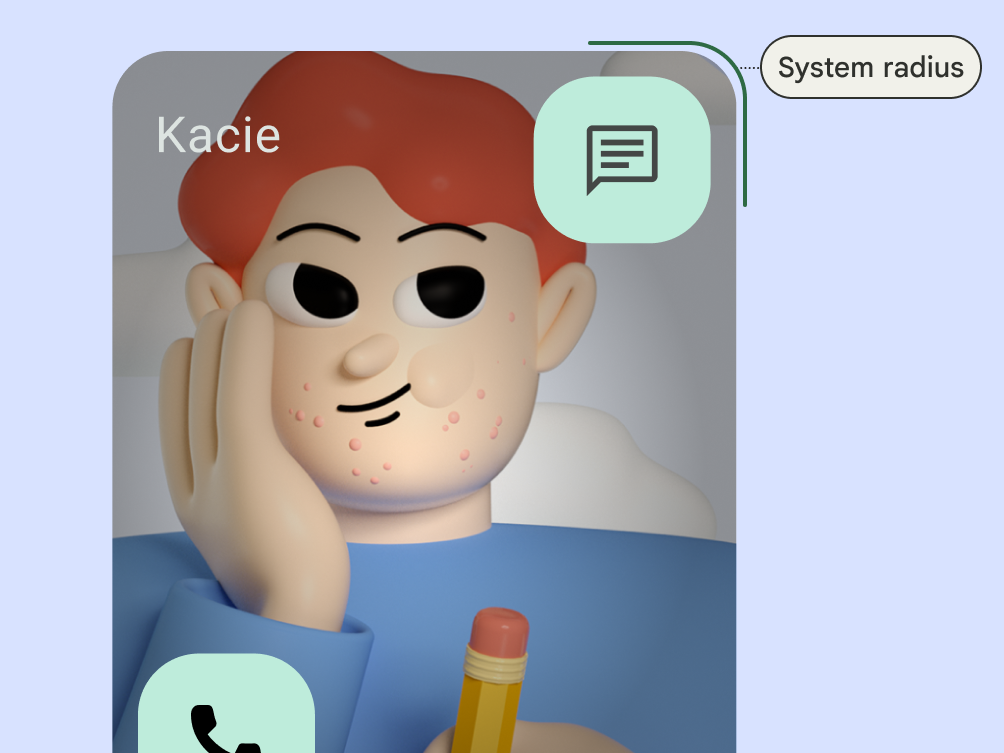Google is introducing Android widget “top quality rates” to help programmers tweak their widgets right into refined, easy to use experiences.
“Widgets can be an effective tool for involving individuals and enhancing the presence of your application. They can likewise assist you to enhance the user experience by providing users with an easier way to access your application’s web content and functions,” claimed the Android group.
As Android extends an expanding and varied ecological community of gadget kinds and type elements, the need for aesthetically cohesive and very useful widgets has ended up being extremely important. The brand-new top quality rates serve as a guiding structure for programmers, providing criteria to boost widget design and energy.
Widgets adhering to these guidelines will also obtain boosted visibility on the Google Play Shop. A new search filter will certainly highlight apps with tier-compliant widgets, making high-quality implementations extra visible to users.
Discovering the high quality tiers for Android widgets
The widget top quality rates are divided into three degrees, each created to reflect differing degrees of user experience high quality.
Tier 1: Distinguished
Widgets in the Rate 1 category exceed and past. Called “hero experiences” by Google, these widgets are not only useful but enhance the customer’s home display. They are dynamic, personal, and maximize Android’s system-wide theming capacities.
For example, Tier 1 widgets effortlessly adjust to resizing and use Product Design 3’s dynamic colour system to deliver visual cohesion.
“Make use of the system-provided corner distance, and do not set a personalized edge span,” Google advises for developers. By sticking to such details, widgets remain constant with the platform’s visual consistency.
Furthermore, Google encourages developers to create preview images dynamically to make sure that customers clearly imagine a widget’s look and adaptivity throughout tools.
Instances of Tier 1 widgets demonstrate exact content cropping, optimal use layout bounds, effectively sized headers and touch targets, in addition to enhanced colour comparison. These elements jointly make certain widgets look sharp and feel instinctive to navigate.
Rate 2: Quality conventional
Placed as the baseline for use, Rate 2 widgets meet basic style and system criteria. While useful and visually appropriate, these widgets do not integrate the sophisticated functions and gloss of Tier 1
For instance, a basic “order of business” widget fulfilling core usability demands is categorized as Rate 2 It ought to feature properly scaled touch targets, clear content, rational design options, and a trustworthy individual experience.
Regardless of their adequacy, Google suggests programmers take into consideration Tier 1 improvements to boost their widgets even more. Personalisation, boosted interactivity, and better system combination can take a widget from great to excellent.
Rate 3: Poor quality
Widgets that stop working to satisfy Android’s basic guidelines find themselves in Rate 3 These widgets often struggle with issues such as chopped content, inadequate layout scaling, reduced colour comparison, mismatched header dimensions, or undersized touch targets.
An example includes widgets that clip message or pictures at improper proportions, rendering them hard to reach or aesthetically rough. Similarly, widgets that bypass system styles or overlook Android’s theming options can act as an inconsistent element on a refined home display.
By addressing these shortages, developers can substantially improve both the capability and perception of their apps.
Structure top notch widgets for discoverability
With the launch of widget top quality tiers, Google is making it progressively appealing for programmers to purchase premium widgets. The Play Shop’s widget filter allows customers to look particularly for apps with widgets, putting certified productions front and centre.
Sturdy widgets stand a far better chance of standing out in a jampacked market. By embracing Approved Widget layouts, adhering to Material Style concepts, and adhering to the standards described in the widget quality rates, developers can make certain that their widgets not only look terrific but likewise serve a useful purpose for customers.
By leveraging these new standards, app designers have a chance to boost not just their widgets yet additionally their application’s existence in the Android environment.
(Picture credit report: Google)
See likewise: Google reveals free Gemini AI coding tools for designers

Seeking to revamp your digital transformation strategy? Find out more regarding Digital Makeover Week happening in Amsterdam, The Golden State, and London. The thorough occasion is co-located with IoT Technology Expo, AI & & Big Data Expo, Cyber Safety And Security & & Cloud Exposition, and other leading events.
Discover various other upcoming venture modern technology events and webinars powered by TechForge right here.
